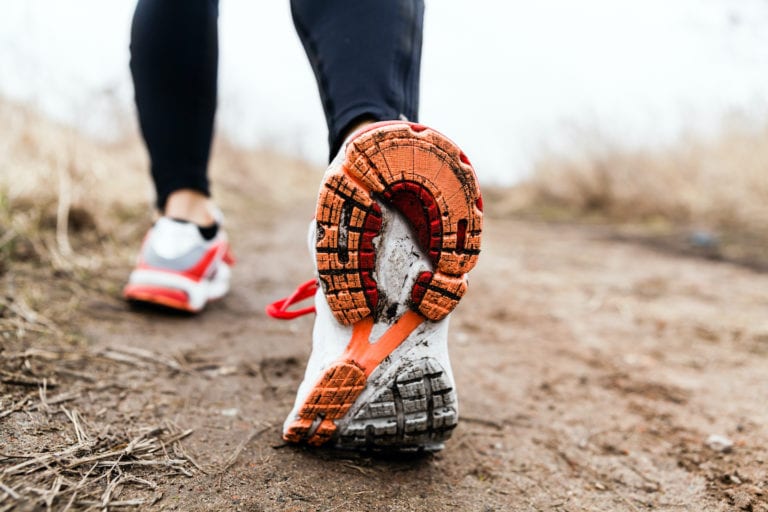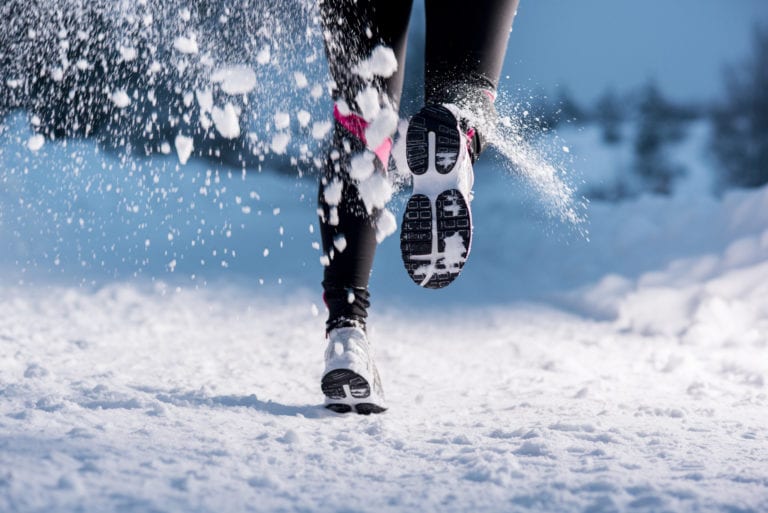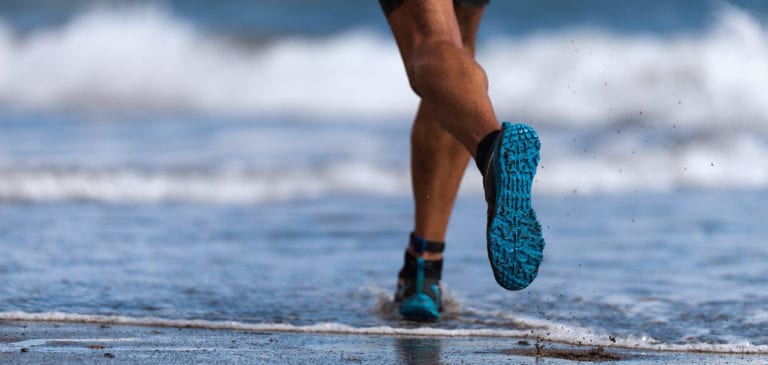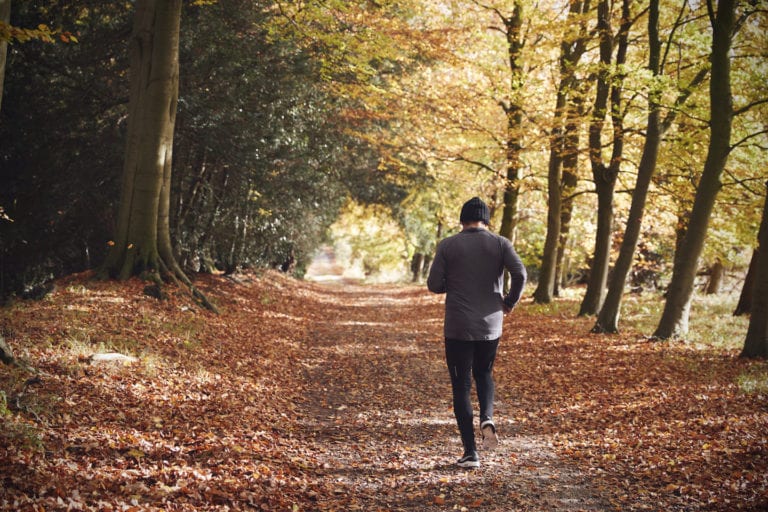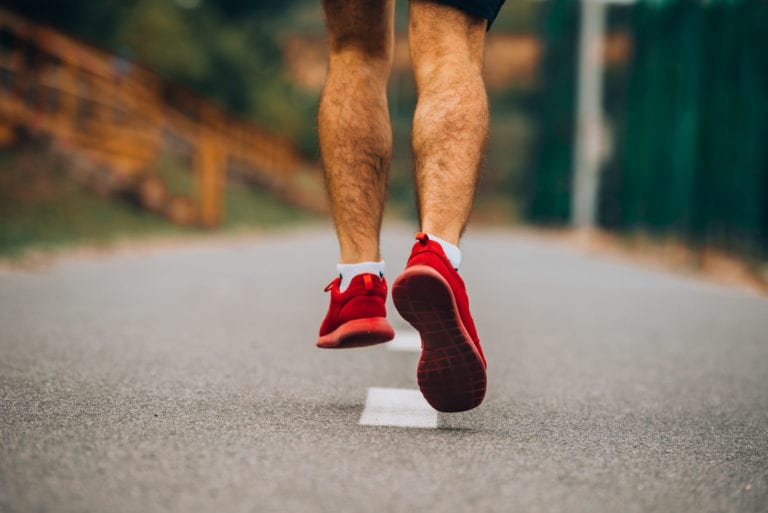Of all the physical activities, running is considered to be the favorite among fitness enthusiasts. With that being the case, a trail runner prefers to run in secluded areas, such as through the hills and on unpaved natural terrain.
Trail runners prefer this activity to stay away from busy roads and don’t need to carry any gear. Unlike hiking, trail runners do not require a navigation support system or cell phones, as the paths are a defined surface.
Recent studies show a steady increase in several clubs and races organized for trail running enthusiasts. According to the statistics provided by the International Trail Running Association (ITRA), there has been a significant increase in the number of trail events conducted worldwide and the participants in them. Keep reading to learn how to run trails safely while also having fun!
Things to Consider When Going for a Trail Run
While passionate followers promote and swear by this physical activity, you must be aware of the associated risks.Terrain
Running is an activity that should be done on a solid surface. However, the surface is uneven when it comes to trail running. The uneven surface poses a risk of injuries and even leads to sprains. So, select the location carefully, look for all possibilities, and take necessary safety precautions before starting your run.Weather
Do you want to enjoy pleasant weather while burning your calories? It is vital to do a weather check before you decide to go for a run. In case you get stuck in the rain, and the ground is all wet, you are bound to meet with bad falls and fractures. On the other hand, it paves the way for over sweating and dehydration if it is too sunny. Also, not to forget, you would become easy prey to wild animals.Wildlife
As mentioned in the prior paragraph, bears and mountain lions are the primary threat to trail runners. Remember, you will run off the usual terrain, and you need to take the necessary precautions. Wild animals can attack you any time, and you must be well-geared to protect yourself.Location
Select the site where you wish to run, where you can get decent phone reception, and that which is easily accessible to others. The reason is that, in case you need help, you should be able to reach out to someone with a yell or a click of a button.Safety Tips for Running on Trails
All physical activities have specific prerequisites to be fulfilled, and we should abide by them. Keeping this in mind, here are a few safety tips that you should keep in mind while planning an adventurous trail run.Plan your route and follow it
Be it overnight camping or trail running, it is essential to plan out your route and stick to it till the end. Good planning would help avoid attacks from the wild animals and in completing the run. Last-minute changes would lead to confusion and poor coordination between other members, eventually leading to many detours and delays. So, it is always advised to stick to the plan drafted and follow it to the T.Run or hike with someone else
“One stands for sorrow, and two is for joy,” yes, it’s true in this regard. Always plan for your run or hike with someone who could always give you company. The company you select should share the same interests, and you should enjoy his/her companionship. Although, at times, going for a long run alone is therapeutic. But when it comes to trail running, it is advised to take someone along with you. But, if you still plan on going on a lone trip, you should always share your plan with your family and near ones. Also, don’t forget to carry pepper spray along with you. Disasters and threats are better fought with a companion than fighting it alone in the middle of nowhere.Have a common plan
As suggested earlier, it is always good to go hiking or trail running with someone else. And in this case, you should plan your trip well. While planning, it is important to share ideas and views and stick to the plan so that both parties are in sync without any regrets. Irrespective of both of you starting at the same point of time or not, you should have a backup plan of the trip details and the route to follow. In case you are unable to catch up with your companion or get delayed due to unforeseen events, you at least know that you have someone to back you up and get that required help on time. Don’t forget to carry your cell phones by assuming that there might not be any cell service around you. These days you get reception off the roads as well. Hence, carrying a cell phone is one of the safety precautions you must stick to, as the activated GPS would help locate the missing person easily and quickly with the last available signal.Bring trail safety equipment
Going on a trail run is very different from your regular morning runs. Carrying proper gear and wearing suitable clothes and the best trail running shoes play a crucial role in completing a successful run. While doing any physical activity, it is essential to carry appropriate gear. Here is a list of the necessary equipment you must carry along without fail:- Headlamps
- Cell phones
- Water bottles/hydration packs
- Pepper spray
- Energy bars
- First-aid supplies
- Windproof jackets
- Sunglasses
- Smartwatches
- Backpack or vest packs











